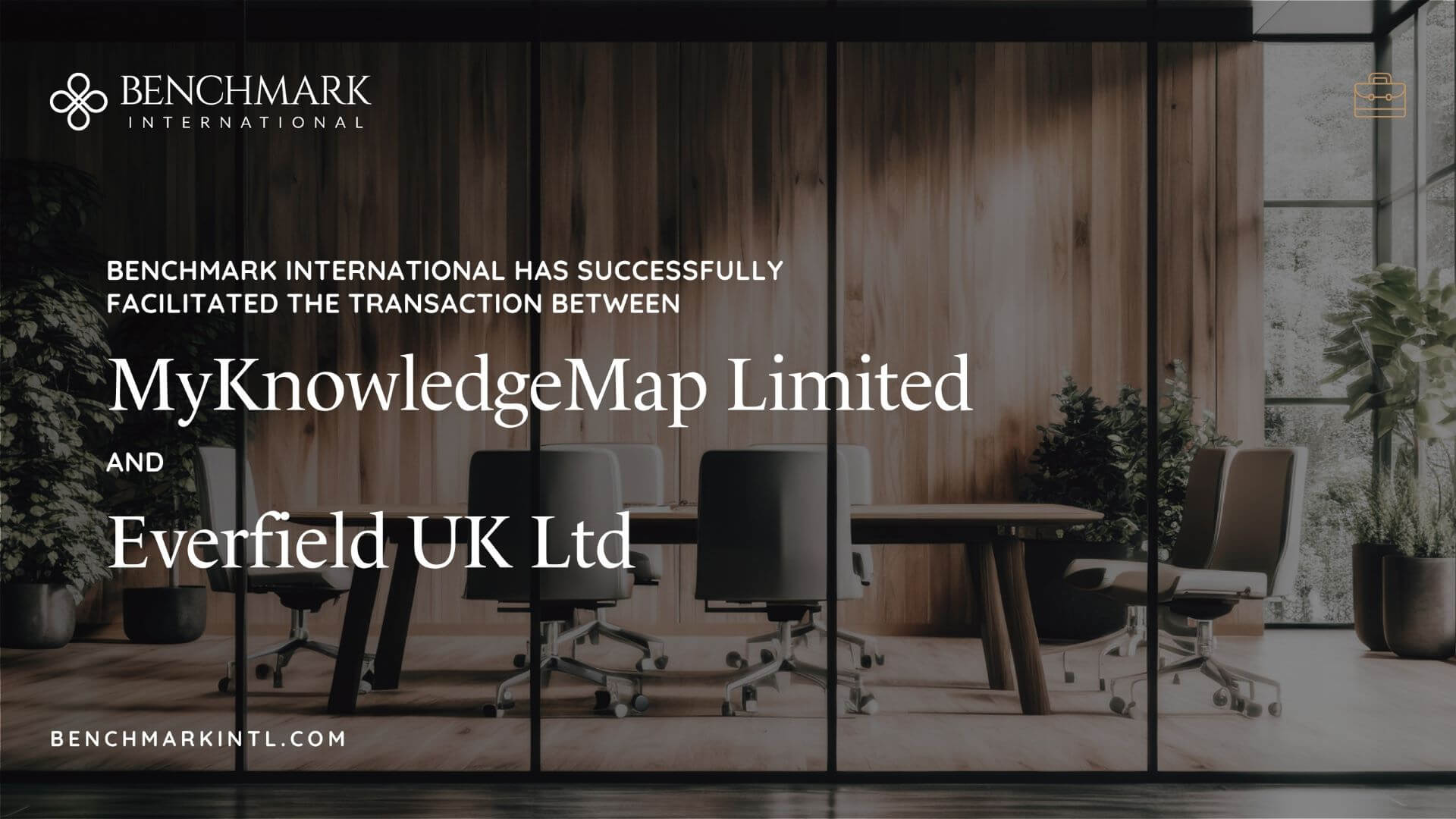
Mergers and acquisitions in each industry have their own oddities, and architecture is no different from any other in that regard. However, the following similarities always seem to rise to the top when selling a firm.
Lead Architects are the Key to the Business’ Value.
At the end of the day, like all professional services businesses, the most valuable asset walks out the door every day – and – there is nothing you can do to force them to come back the next day. Acquirers are very aware of this, and when buying architecture firms, they will take extreme measures to ensure that they will return not only the day after the deal closes but for years to come. As a result, almost every deal in this space involves broadening corporate ownership to include, typically, the most senior/valuable 10% of the firm, covering the rainmakers, the client managers, the project managers, and the most brilliant experienced architects. If the owner falls into one or more of these categories, they should expect to retain some equity and sign a multi-year employment agreement.
The Business is Project-Based
Recurring revenue is king in mergers and acquisitions, and it is hard to come by for architecture firms. Even though engagements may stretch as long as two to three years, everyone is aware that the revenue – and the profit – tend to be front-loaded into the first three to six months of those longer engagements. Therefore, the firm is only as valuable as its ability to get its next batch of projects. Given the size of these projects, even showing staying power via repeat business can prove challenging. Thus a customary value driver available in many other industries is almost always absent in this field.
An Asset-Light Business
Architecture firms lacking any real tangible assets other than some nice printers, computers, and CAD licenses, these businesses do not offer lenders much in the way of collateral. With acquirers presently borrowing 40 to 50% of the purchase price in today’s market, this can put a modest cap on multiples.
Revenue Recognition is a Quagmire
It seems the percentage of completion method of revenue recognition is unavoidable in this industry. However, this method is problematic even for the expert accountants who create and manage GAAP because there are so many recognition options that are constantly evolving. For example, many architectural firms recognize revenue for an engagement based on a percentage of completion of each of the five stages of an engagement, perhaps because this is how the AIA templated engagement letter sets up the billing. But, at least since the 2019 changes to GAAP, buyers throw a fit when they see this claiming it allows too much revenue (and thus EBITDA) to be recognized in the early, more profitable stages of the engagement. Instead, the percentage should be measured over the entire life of the engagement (including any lengthy project management stage at the end).
Similarly, while it appears the “the input method” methodologies (i.e., measuring the percentage of total costs expected to be expended in order to recognize revenue each month) would be a more simplified and defendable way to measure completion on these engagements, architects tend to use one of the “the output method” options (i.e., measuring the percentage of total revenues expected to be earned in order to recognize revenue each month). A quick survey of publicly traded architecture firms indicates that all such firms use the output method. The upshot is that almost every letter of intent signed by an architect-seller is under high risk of a purchase price adjustment once the buyer’s due diligence is completed. Thus, letters of intent hold less certainty for architectural firms than for other business types.
The Myth about Valuation Ranges
As a result of the above factors, there is a common myth that architecture firms sell for multiples in the narrow range of 4.25x to 4.75x, trailing twelve-months EBITDA. This is not true. An unprepared firm with a "sign in the front yard" can sell for this multiple, if lucky. But a well-prepared firm, with proper marketing, can do much better. The only industry that comes close to having a myth concerning valuation as locked in as this industry is the automotive parts business. Many suppliers serve a very limited pool of perhaps seven customers in the automotive parts business industry. The business is also capEX heavy with high switching costs to the parts manufacturer and low switching costs to their customers. Architecture is the opposite in each of these regards. With so many clients to serve, such insignificant switching costs, and low capital requirements, architecture firms are both more nimble and more able to distinguish themselves from the competition. Thus, valuations vary to a much higher degree.
Niche versus Generalist
So how do you get the higher valuation? One way is to have a definable niche, usually a building type. If the niche falls within the spot several acquirers need to cover, then you have a bidding war. The key is to gain a higher multiple on the revenue from within the niche. To the extent some revenue falls outside the niche, expect lower multiples on that revenue if the business has been marketed as a critical, key niche player. As mentioned above, the key asset being sold is, in most cases, the senior brainpower of the firm. But with a definable niche, a firm can take on some additional intangible value drivers such as a brand and the all-important “moat” (as Warren Buffet coined the term) that defends the business from underpricing by competition.
Creativity and Beauty are Not Important
What matters is profitability and growth. A business making the offensively-termed "cookie-cutter" designs can sell for as high a multiple as the one selling brilliant work – if it has some secret sauce. Designing ten ugly warehouses for Amazon will yield a higher multiple than one sharp headquarters for a regional distributor. Unfortunately, this is a numbers game – revenue, margin, and growth rates matter more than aesthetics or creativity.
Government Contracting
Any business in the AEC space that performs government contracting work is a hot commodity at present. Such work is seen as countercyclical or non-cyclical. But for architects, this is a two-edged sword. It essentially takes any engineering or construction businesses off the table as a potential acquirer because many laws will not allow the overlap when tax dollars are being expended. As a standard government protocol, then A cannot monitor E and C if they are tied together. Interestingly, however, this does not seem to be the rule in most of the commercial sectors.
Competition is Key
Because of the above factors, more than in any other industry or profession, the dominant factor in driving up value creates competitive tension. Perhaps, because so many architects sell without generating that competition, the 4.25x to 4.75x conventional wisdom concerning multiples persists.
 Author
Author
Clinton Johnston
Managing Director
Benchmark International
T: 813 898 2350
E: Johnston@benchmarkintl.com
Americas: Sam Smoot at +1 (813) 898 2350 / Smoot@BenchmarkIntl.com
Europe: Michael Lawrie at +44 (0) 161 359 4400 / Enquiries@BenchmarkIntl.com
Africa: Anthony McCardle at +27 21 300 2055 / McCardle@BenchmarkIntl.com
ABOUT BENCHMARK INTERNATIONAL
Benchmark International’s global offices provide business owners in the middle market and lower middle market with creative, value-maximizing solutions for growing and exiting their businesses. To date, Benchmark International has handled engagements in excess of $8.25B across various industries worldwide. With decades of global M&A experience, Benchmark International’s deal teams, working from 14 offices across the world, have assisted thousands of owners with achieving their personal objectives and ensuring the continued growth of their businesses.
Website: http://www.benchmarkintl.com
Blog: http://blog.benchmarkcorporate.com
 Benchmark International
Benchmark International  Benchmark International
Benchmark International 






